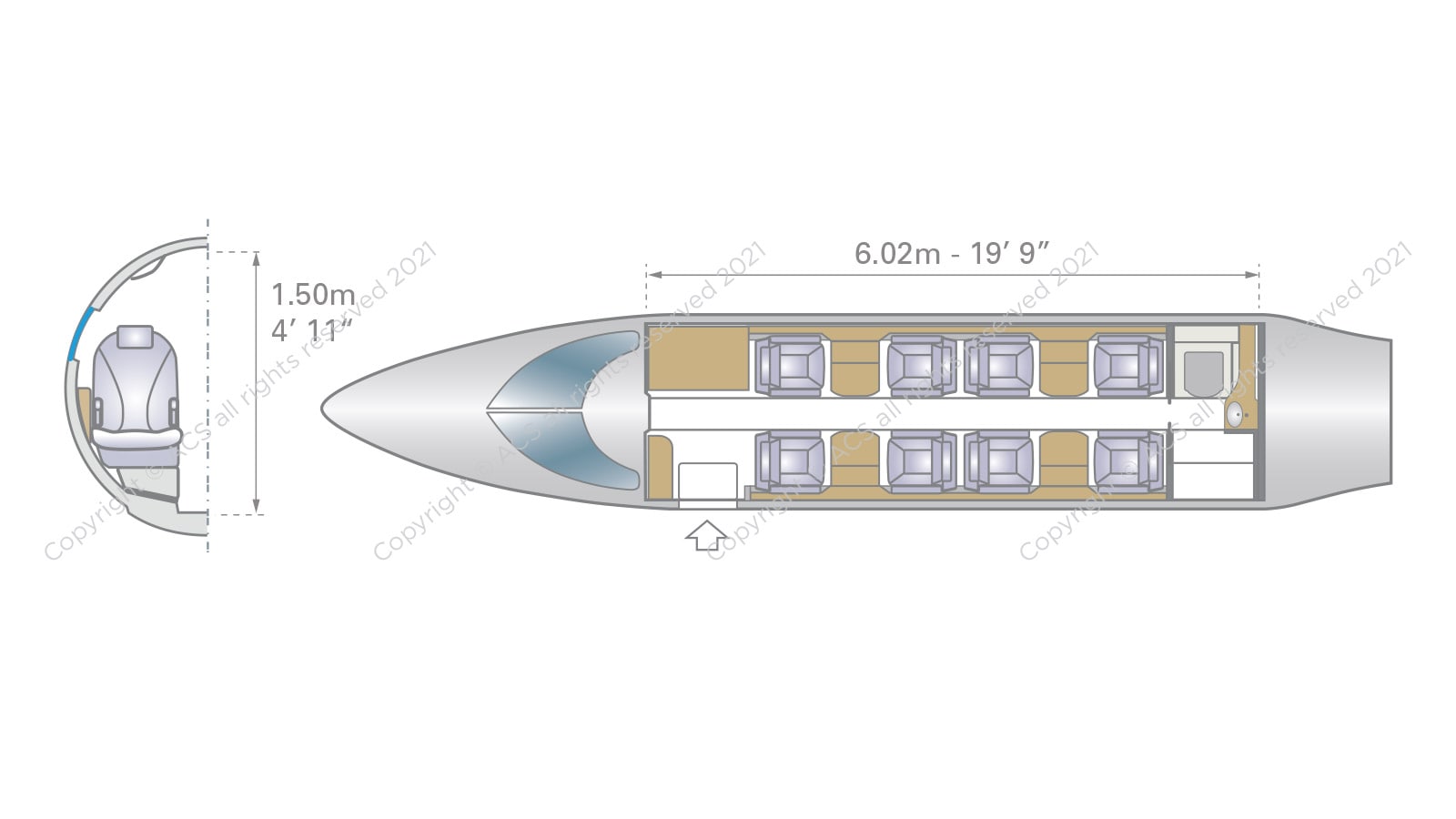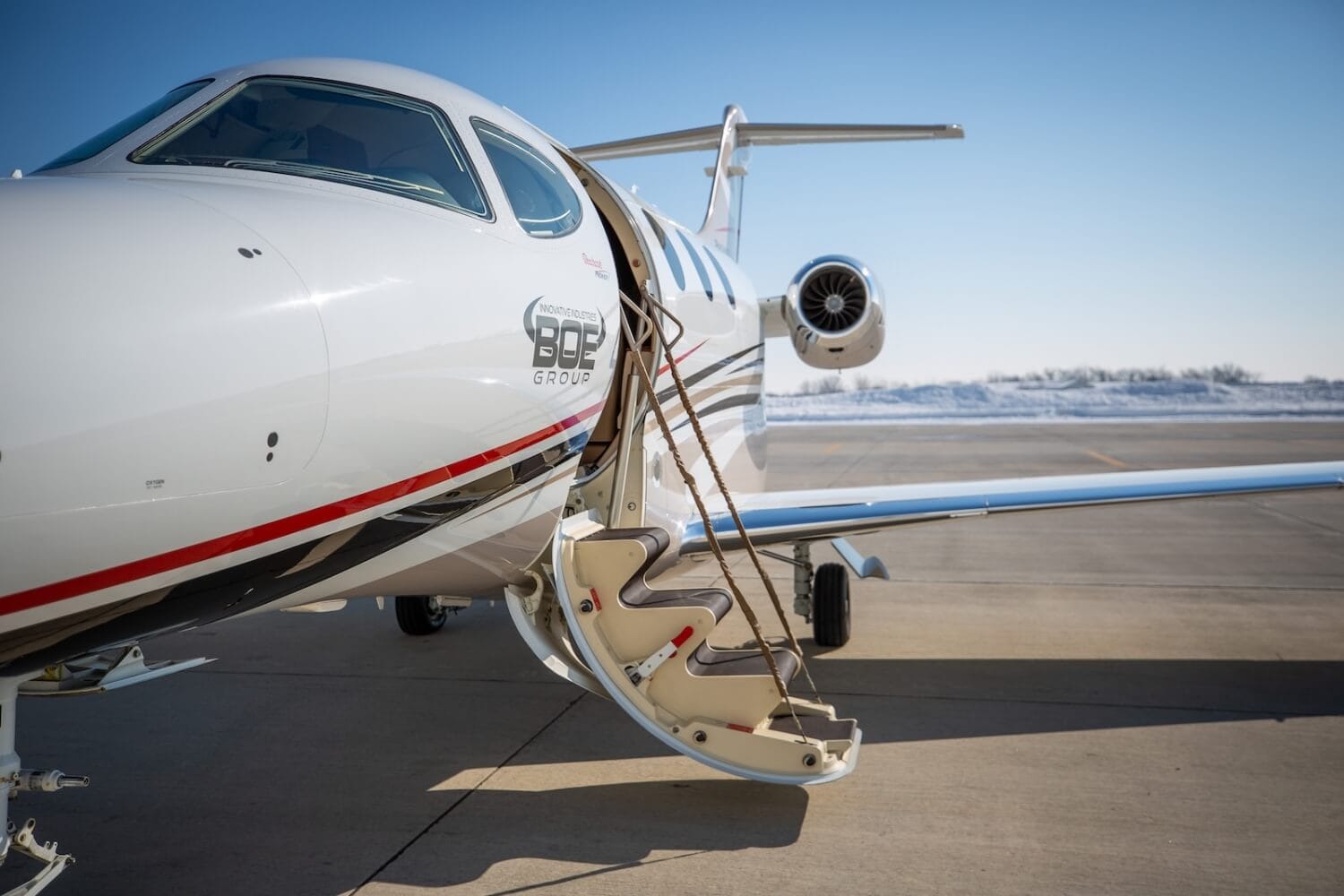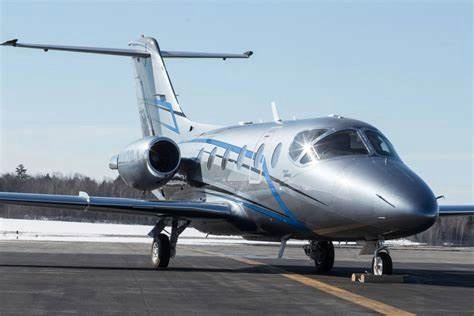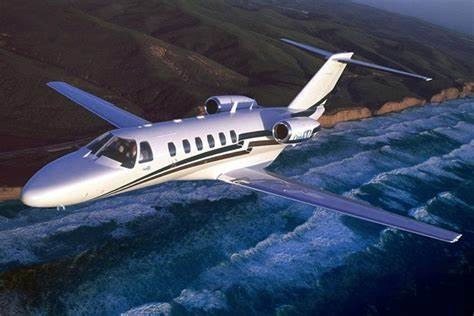Learjet 40-45

The Learjet 40 and Learjet 45 are two popular business jets produced by Bombardier Aerospace. Here is a comparison of their specifications:
Dimensions: The Learjet 40 has a length of 58.1 feet, a wingspan of 43.9 feet, and a height of 14.4 feet. The Learjet 45 has a length of 58.9 feet, a wingspan of 47.8 feet, and a height of 14.0 feet.
Maximum Range: The Learjet 40 has a maximum range of 1,961 nautical miles, while the Learjet 45 has a maximum range of 2,120 nautical miles.
Maximum Cruise Speed: The Learjet 40 has a maximum cruise speed of Mach 0.76, while the Learjet 45 has a maximum cruise speed of Mach 0.81.
Passenger Capacity: The Learjet 40 has a standard seating capacity of 6-7 passengers, while the Learjet 45 has a standard seating capacity of 8-9 passengers.
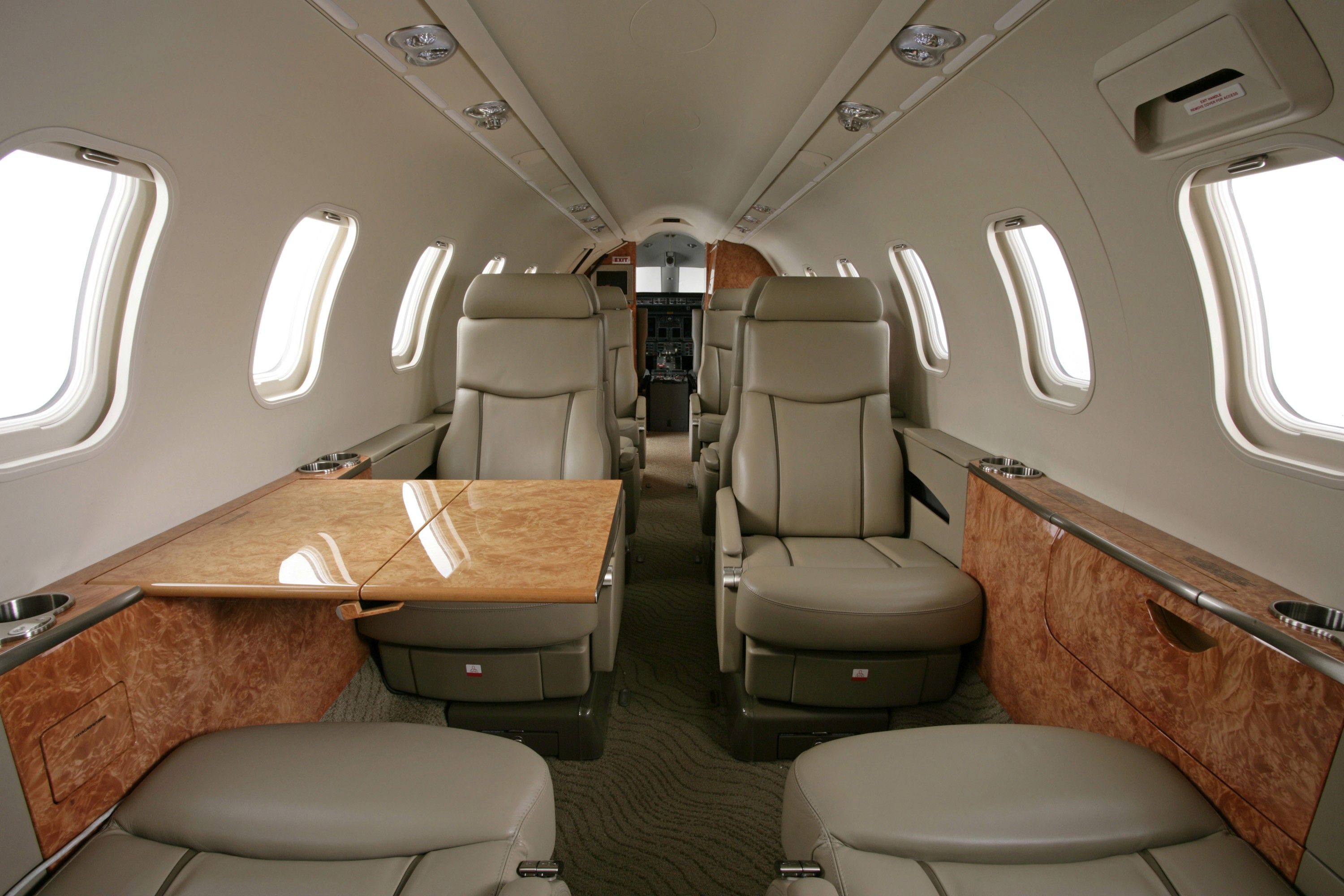
Cabin Dimensions: The Learjet 40 has a cabin length of 17.7 feet, a cabin width of 4.9 feet, and a cabin height of 4.8 feet. The Learjet 45 has a cabin length of 19.8 feet, a cabin width of 5.1 feet, and a cabin height of 4.9 feet.
Take off Distance: The Learjet 40 requires a take off distance of 4,972 feet, while the Learjet 45 requires a take off distance of 5,080 feet.
Maximum Payload: The Learjet 40 has a maximum payload of 2,040 pounds, while the Learjet 45 has a maximum payload of 2,710 pounds.
Powerplant: The Learjet 40 is powered by two Honeywell TFE731-20AR-1B engines, each producing 3,500 pounds of thrust. The Learjet 45 is powered by two Honeywell TFE731-20BR-1B engines, each producing 3,822 pounds of thrust.
Avionics: Both the Learjet 40 and Learjet 45 feature a Collins Pro Line 4 avionics system, with a four-screen EFIS display and dual FMS.
Overall, the Learjet 45 has a longer range, faster cruise speed, and larger cabin compared to the Learjet 40, but the Learjet 40 has a slightly lower take off distance and can be operated with fewer passengers.
